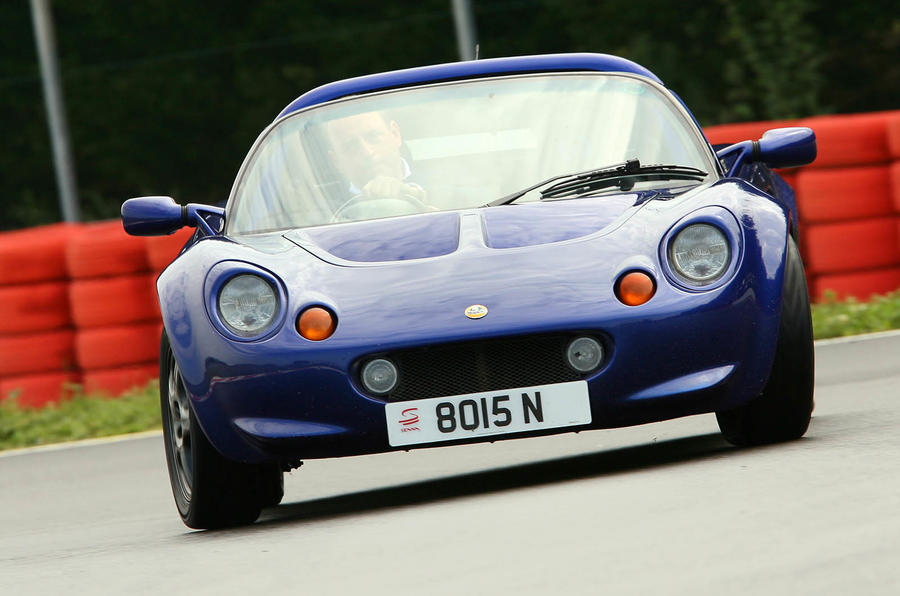Innovative construction has kept this Series 1 Elise undiminished
Prior gets to know an icon and quickly learns why the plucky, 59,000-mile Brit is a keeper
Today, I have become the envy of my colleagues while some of us are gathered in North Yorkshire to test a bunch of electric driver’s cars.
The fun EV that I had hoped to bring was sufficiently new that it couldn’t make it even in early left-hand-drive form, so I’ve had to arrive in something else. Hence the envy.
Now, this isn’t an EV versus ICE car look-at-me smugathon (although it did take quite a long time for one of us to arrive from the south coast in a Honda E). No, instead I’m the envy of my colleagues because I’ve arrived in a Series 1 Lotus Elise. And I’m not alone in thinking it’s fabulous.
This is a fairly early example, from 1998. Although at one point badly damaged, it’s in very good mechanical order, if a bit scruffy around the edges – as a 59,000-mile, 25-year-old car should be.
It belongs to a friend of mine, Simon, owner of independent Lotus specialist Scott-Russell Sports Cars. It barely turned a wheel last year and was taking up space at his workshop, and as somebody who thinks cars are better when used regularly, he asked if I would be able to add a few miles to it. So here I am.

There will be more on these pages in a couple months, but for now, I’m afraid to say that I’ve become obsessed with it. It’s just so good.
As good now as the Elise was when it was launched in 1996 – perhaps even better. Now, when writing tests, referencing new car prices and a car’s value, somebody will always pipe up about used cars.
I recently said that I thought the Citroën C5 X, priced from £28,000, was good value for a big, practical, immensely comfortable family wagon, but matey on the internet said it had nothing on his £12,000, 10-year-old BMW 5 Series. Maybe, but that was £45,000 when it was new, and it’s no good banging on about old cars when you’re testing a new one, otherwise you’re not comparing like with like.
I’ve felt firmly that way on everything I write about… except for my own weakness on this front, the Elise. Later models, fabulous though they still were, advanced the Lotus game only a little from the purity, simplicity and, above all, driver enjoyment of the original. As a used car, it has everything of a new one.

Much of that is down to the fact that, made from bonded and extruded aluminium and with plastic bodywork, it doesn’t rot, it doesn’t sag and it doesn’t flex. The torsional rigidity of an Elise was claimed at 11,000Nm/deg when it was new and, from a chassis perspective, this one still feels like it could have only recently rolled out of a showroom.
Everything that hangs from it is basically a consumable, so in good mechanical nick, as this one is, it’s like going back a quarter of a century and being blown away just like we were in 1996, when we were presciently confident in calling the Lotus “a reference point in the history of the motor car” (even if it was “more difficult to climb aboard than a Caterham”).
It cost £18,990 then, made just 118bhp and 122lb ft of torque and weighed a mere 723kg on our scales, and its performance numbers (0-60mph in about 6sec) were irrelevant to the fun it provided on the road, where it was – and remains – a total joy.
“There’s a piece of history waiting out there,” we wrote, next to a picture of the Elise parked in a field not 15 miles from where I’m currently writing. It’s still waiting today.
Source: Autocar
